
Keke Kaikhosroshvili
Keke is Zavvy's expert in learning experience. On our blog, she shares experience and insights based on her studies in learning design and experiences made with our customers.

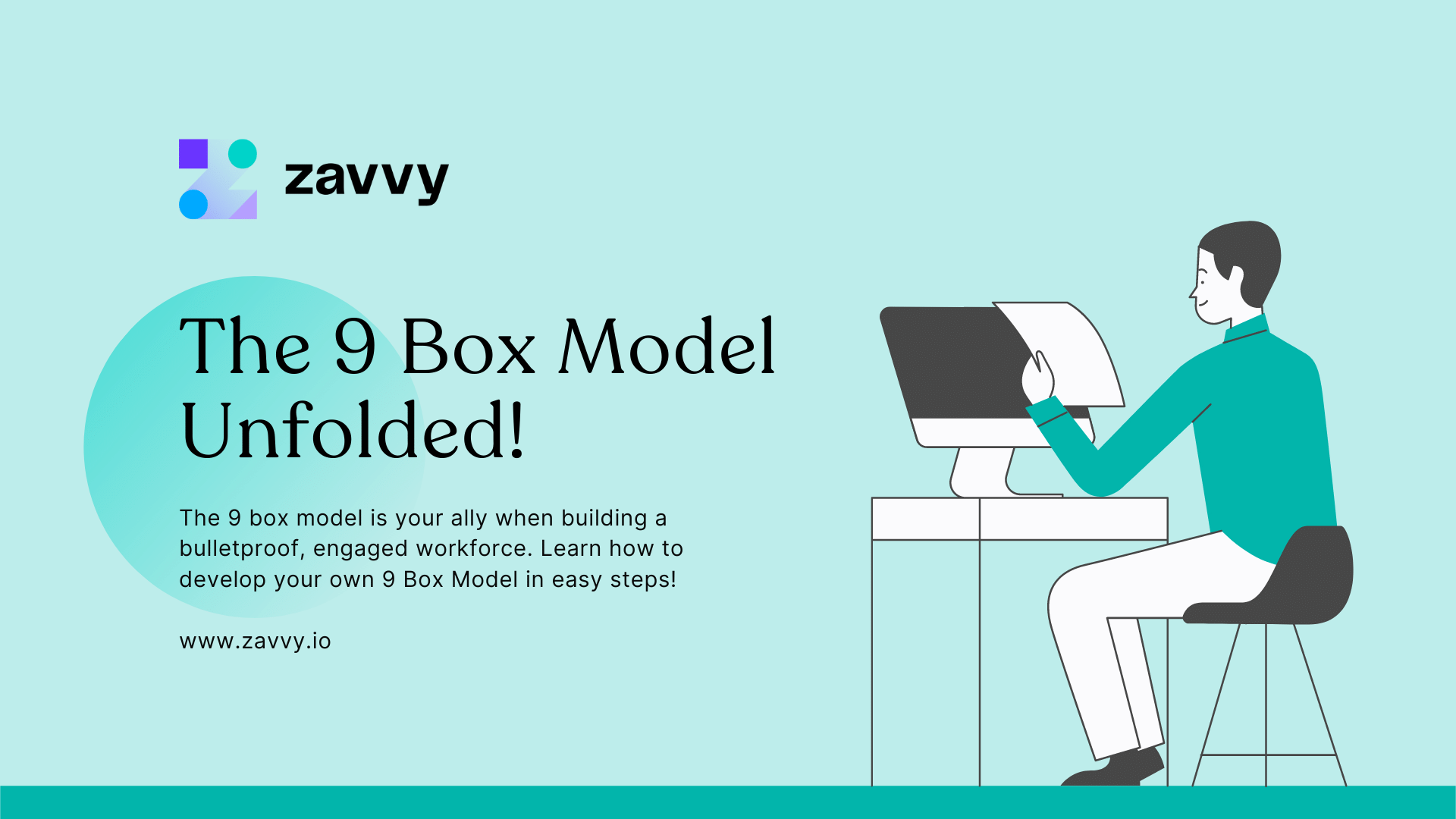
Now here's an HR tool that can help you on many fronts!
Check, check, check!
The 9 box model is your ally when building a bulletproof, engaged workforce. We'll see how exactly, but before setting sail, let's start with defining our subject.
Together with our curators, we have created a library of actionable digital marketing resources. Personalized to your team's needs.
Designed by GE and McKinsey in the '70s, the 9 box model — or 9 box grid — is a framework for employee development, performance, and succession planning.
The "9" comes from dividing employees into nine groups according to their performance and growth potential. So, calling the 9 box model a "performance-potential matrix" is totally accurate.
In other words, you use the 9 box grid to take a snapshot of these two things:
Here's the 9 box model:
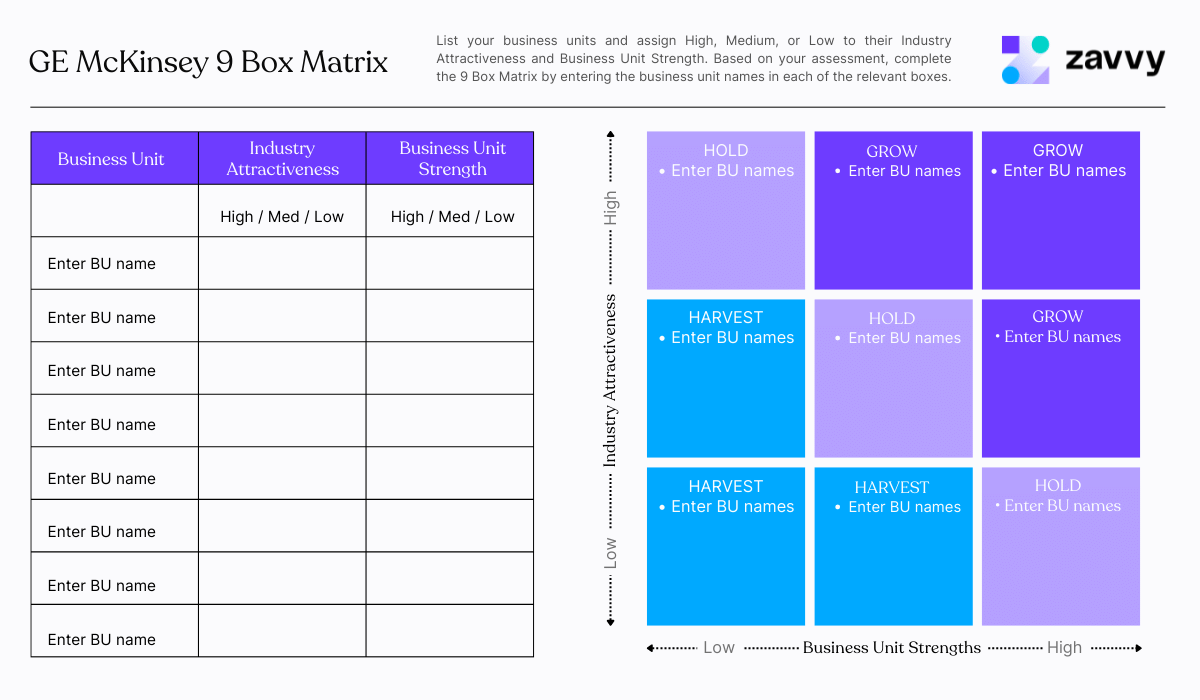
When you're evaluating employees' performance and potential, you're preparing to make reasoned decisions. And these are a couple of the decisions you can make after using the 9 box model:
Let us give you a few reasons why many HR professionals use the 9 box model.

There isn't a single 9 box model. You can name each of the nine categories in the model as you wish and as it makes more sense to your organization.
However, any 9 box grid contains three employee performance levels by three growth potential levels. Then, each box in the grid represents the intersection of one performance with one potential level.
These are the levels to measure employee performance:
You can choose different criteria to define the performance levels. For instance, you might only rely on individual performance goals or job responsibilities.
Here are the levels to appraise your employees' potential to grow as professionals at your company:
Instead of naming each of the nine boxes, determine the strategy to develop employees who fall within each one. So, here it goes:

Using the 9 box grid is pretty simple. You score employees on the three-point performance scale and then on the three-point growth potential scale.
But
Well, that's what we're about to find out.
If you work with a team of HR professionals, it's paramount to review your assessment methodology with them. And if you have new team members who don't know the 9 box model yet, timely train them on how your organization approaches it.
As to the rest of your crew, refresh their memory of the criteria you'll use to position employees along the performance and growth potential axes. Give plenty of examples to illustrate those criteria!
Depending on how you defined the performance levels in your 9 grid model, use job responsibilities, individual performance goals, or both to appraise your employees' performance.
Check the employees' performance plans because they contain the performance goals their manager determined for them. Plus, performance plans should align with job responsibilities. But if they don't, look for the job descriptions or talk to the managers, and you should get that information.
Define the personality traits associated with the growth potential levels you specified before. Then, decide where each of your employees stands at those levels.
For instance, define the behaviors associated with an employee who has high potential. These employees pursue learning opportunities, build their skills, and apply that knowledge. Therefore, if they reveal these behaviors, you have evidence that they strive for growth:
Ranking your employees according to the 9 box grid leads you to conclude which box they're at.
Involve managers, team leaders, and possibly directors and other top executives in the process.
Why?
Because your goal is to evaluate employees' performance and growth potential thoroughly and without biases.
Assess employees per team, and don't move on to the following department unless you're done assessing all the teams in the current department. Make it a quarterly routine to provide feedback regularly.
There's still lots to do once you categorize your employees according to performance and growth potential.
Some companies don't disclose the growth potential level of each employee. Most certainly, this won't compromise their motivation. But it won't give employees a clear view of what their future performance looks like either. And that's important.
The growth potential level is a guideline to raise their performance and develop them as professionals. So, hiding their potential level is missing out on an opportunity for continuous improvement at work.
Bottom line: Our advice is to present your assessment results to employees with a positive attitude. Focus on the aspects they can get better at and help them figure out how to do that.
Another piece of advice we have for you about communicating 9 box grid assessments is containment. We mean refraining from mentioning to employees that it's time to promote them.
Make the announcement only after a position opens. Otherwise, employees might feel frustrated over time or leave the organization because of unsatisfied expectations.
Lack of work experience might translate to low performance and high potential. But employee development can boost performance while maintaining growth potential at a high level.

The 9 box grid is not all benefits. It has its drawbacks too, which you should be aware of and ready to tackle.
The following frameworks are similar to the 9 box model:
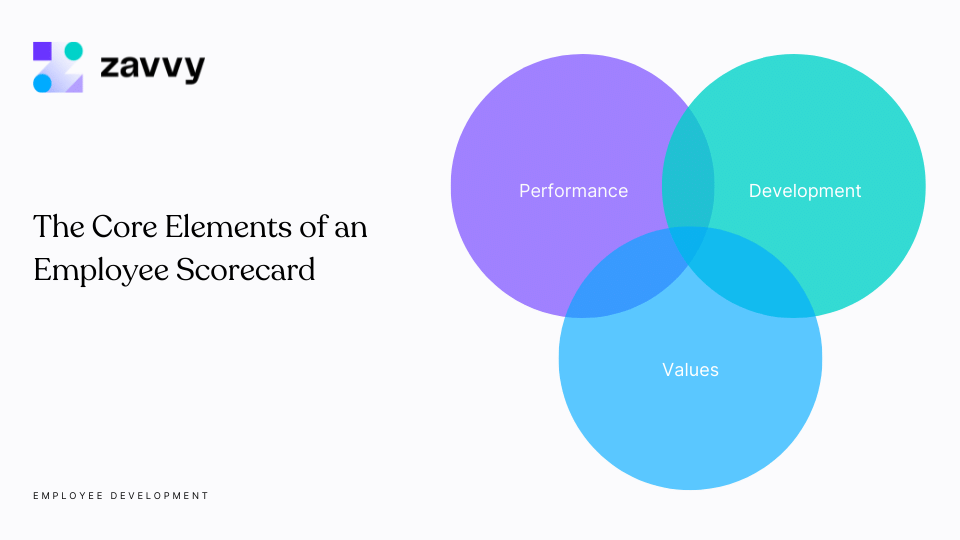
This framework measures performance and development. It contains performance and development indicators and target values per week, month, or quarter.
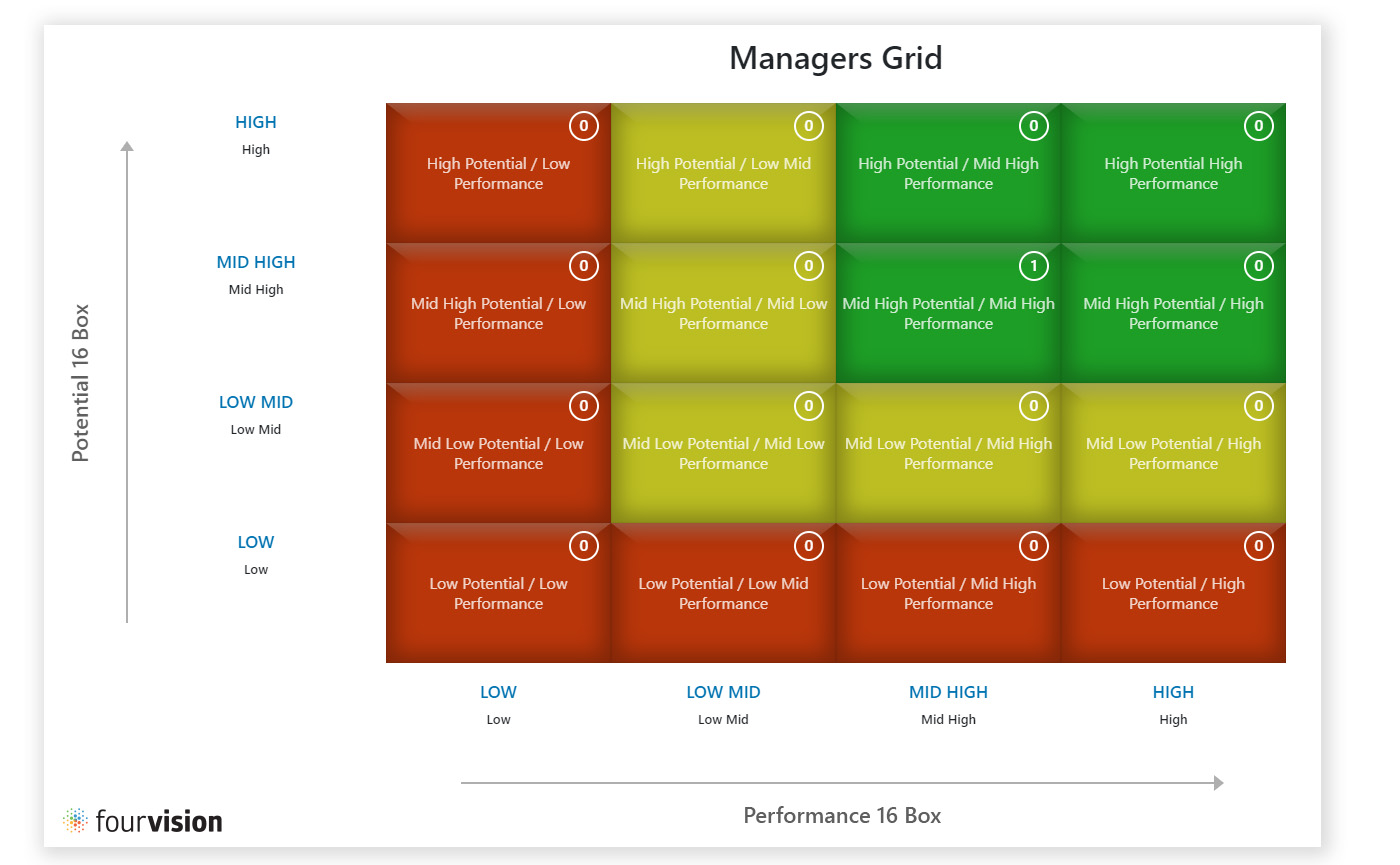
This matrix extends the 9 box grid as it has seven more boxes. Because it has no middlebox, this framework is more flexible and accurate than its 9-box counterpart.
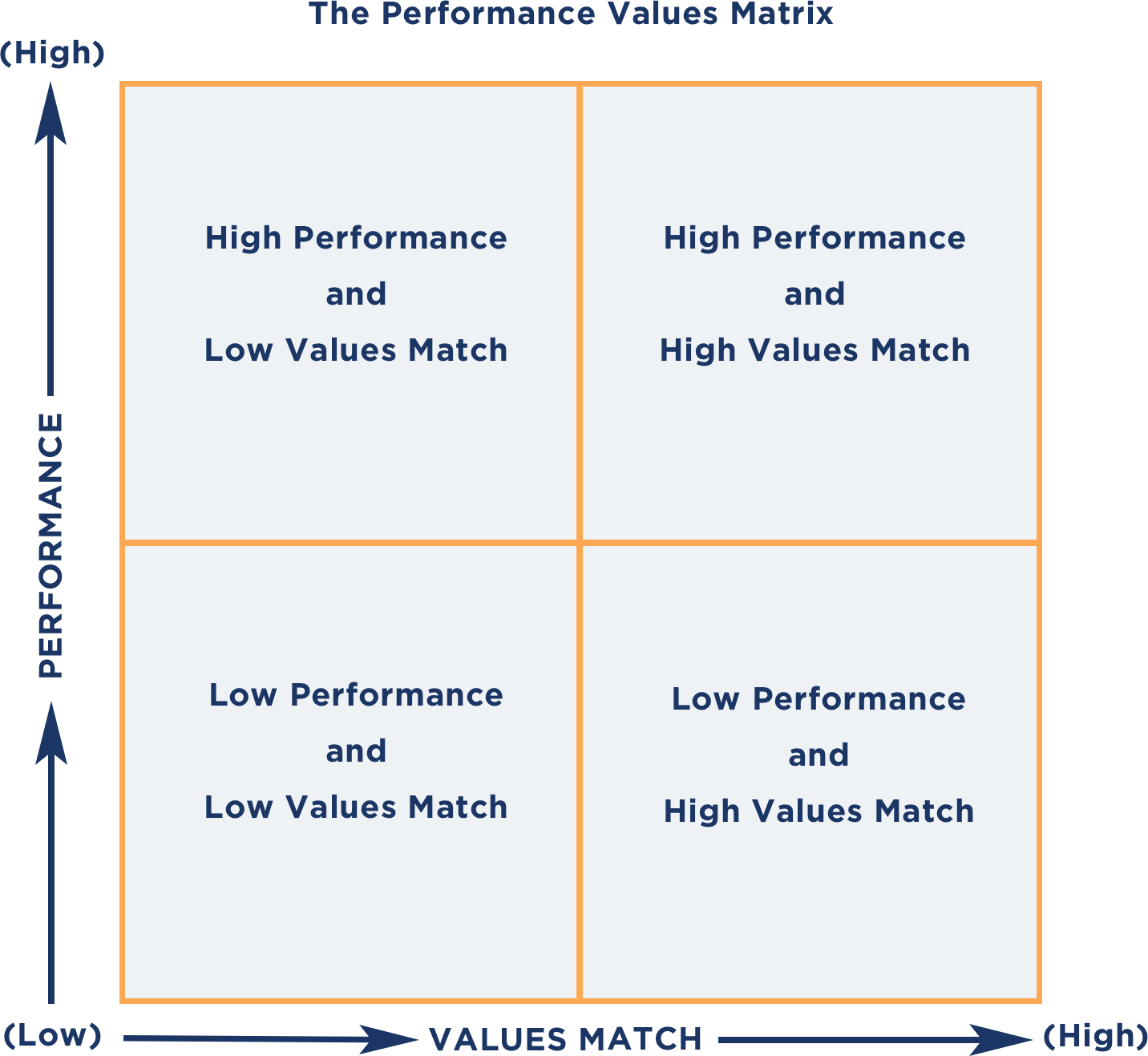
According to this 2x2 grid, HR managers sort employees by values and performance. The values scale compares the employee's behavior with the company's values.

Through this appraisal method, the employee's manager, colleagues, direct reports, customers, and vendors give constructive feedback about the employee's performance. The evaluators should have been consistently and directly working with the employee for months.
They pinpoint the employee's strengths and weaknesses based on observed behaviors and the perception of skills. Then, the combination of all insights determines the employee's development plan moving forward.
The 9 box grid might be your starting point for measuring performance and growth potential, but it's just a framework. So, you have to make the model a living thing! And that's where Zavvy comes in.
Zavvy's development software is a breathing, engaging, and customizable software solution for continuous employee development, feedback, and growth. It'll help you take action on your 9 box model and skyrocket your staff's performance levels.
Upskill your team every week with the best contents and personalized recommendations.

Now here's an HR tool that can help you on many fronts!
Check, check, check!
The 9 box model is your ally when building a bulletproof, engaged workforce. We'll see how exactly, but before setting sail, let's start with defining our subject.
Get a demo!
We'll be happy to show you around and answer all your questions.
Trusted by innovative companies



We'll be happy to show you around, answer your questions, or arrange a free trial.
Erhalten Sie eine kostenlose Demo unserer Onboarding-Software.
Vertraut von



Your Training & Development Strategy - Solved in 1 Tool.
Trusted by innovative companies



We'll be happy to show you around, answer your questions, or arrange a free trial.
Learn how Zavvy helps you drive performance, development, and engagement.
Trusted by innovative companies



We'll be happy to show you around, answer your questions, or arrange a free trial.
We'll be happy to show you around and answer all your questions.
Trusted by innovative companies



We'll be happy to show you around, answer your questions, or arrange a free trial.
Gerne zeigen wir Ihnen ganz unverbindlich unsere Plattform im Detail.
Vertraut von modernen Unternehmen



Get a demo!
We'll be happy to show you around and answer all your questions.
Trusted by innovative companies



We'll be happy to show you around, answer your questions, or arrange a free trial.
Erhalten Sie eine kostenlose Demo unserer Software für Mitarbeiterenwicklung und Training.
Moderne Unternehmen
setzen auf Zavvy


